Last weekend, Ben Pulham, a former professional triathlete in New Zealand and the founder of boutique fitness company Coached, gave a talk on running and training on a variety of issues affecting most runners – to prepare them for the CSC Run by the Bay – which takes place on the morning of 31 July.
Ben reiterates that in order to improve at running, you need a plan – first and foremost. He said, “It is harder to stay motivated if you don’t know what you are doing.”
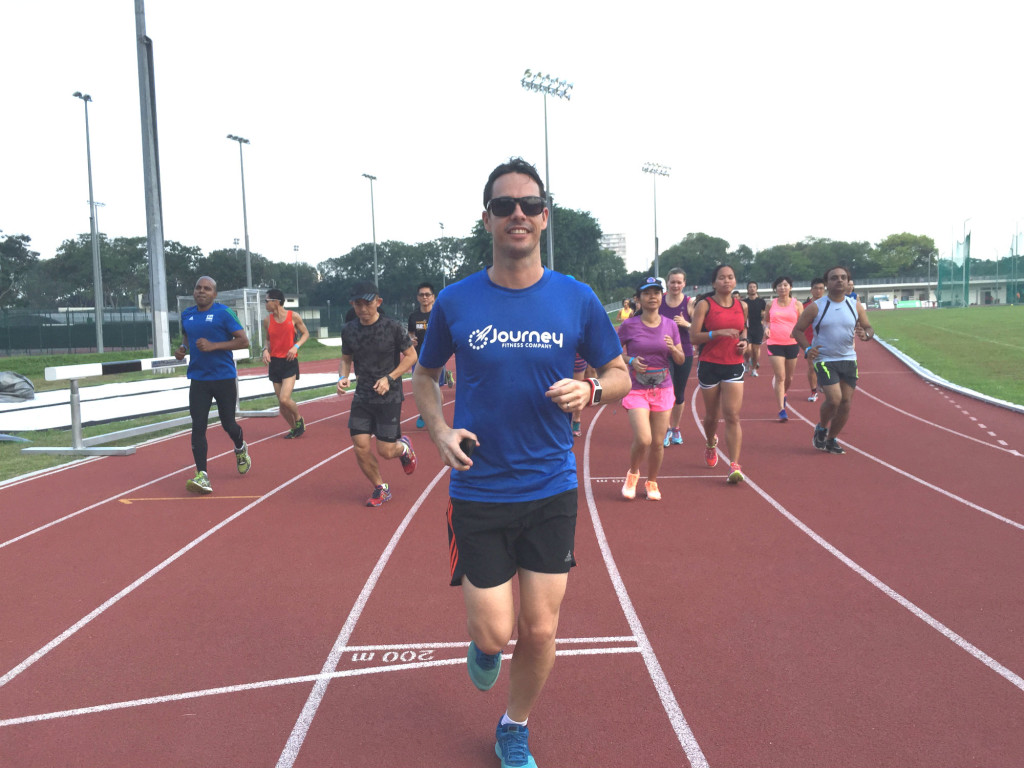
Coached’s Ben Pulham (centre) gave a talk to runners last weekend – to prepare them for the CSC Run by the Bay on 31 July.
He added, “And if you don’t have a plan, you aren’t missing out anything by not doing a run. There is nothing that will hold you from doing it. But if the session is already planned, you will basically feel guilty if you skip it.”
Periodisation
Training volume according to Ben, is measured according to either distance or time.
He says, “Most people I have spoken to, run by distance – for example, 5km or 10km, and rarely based on time. But time-based training offers more benefits; it means you are not doing more training than you may need to, and thus risking injury. For example the body works harder when you run 10K up a hill versus 10K on flat road.”
But on the other hand, a 40-minute run up a hill offers the same effort as a 40-minute run on flat roads.
Ben also added that in terms of progression and building of running volume leading to race day, this should start low, but gradually work your way up to a peak, before tapering as the race draws nearer.
He continued, “But the intensity goes the other way – it stays relatively low and builds up only as the race draws near. The intensity can be measured by body feel, by pace or by heart-rate.”
Ben also adds that the body can remember training volume very well, but it is unable to remember intensity as well – that is why he generally recommends a low intensity training programme, with a few little ‘shocks’ of high intensity, of maybe 30 seconds to 2 minutes.
Says Ben, “But more important than not though, it is vital to know how your own body; many people have a warped sense of how hard they are working and tend to be pushing themselves harder than they may think.”
So this is why the coach recommends getting a heart-rate monitor and basing your training on heart-rate rather than pace. He said, “Pace training is common, but it is an output, it does not take into account people overworking and running themselves to the ground. The body may also not be strong enough to tolerate intense pace training.”
Ben also points out too, that running on flat roads at 6min/km pace will also be much easier than running up a hill or against headwind at 6min/km pace. But for heart-rate training, the effort is consistent regardless of the environmental conditions.
It is due to these factors, that Ben’s training programmes at Coached have three main phases – Base, Strength and Specifics.
- Base – This is a low volume and low intensity phase, with the main goal being to improve aerobic function and working on form, as well as the body’s ability to burn fats. Says Ben, “It is important to get your efficiency right before you pile on the volume, or you will risk injuries.”
- Strength – This training phrase is the most important for the half and the full marathon. Says Ben, “Very few runners are actually limited by their speed. More often than not, they are limited by their ability to maintain that speed; this phase helps you to train what you are lacking in order to get faster.”
- Specifics – This is the final stage of any training programme and should be specific to the race that you are training for. Said the coach, “The volume drops significantly as we build to the race, and the intensity should be high but then that depends on what you are training for. For example if you are training for the 2.4K or a 5K, then you need to train to handle high speeds. But if you are doing a marathon or an ultra, you don’t need to sustain very fast running.”
Clocking Mileage
Mileage, according to Ben, should preferably be time-based and not distance-based. He says, “Runners tend to hold mileage and distance run, as the holy grail. For example, many elite runners chase the “100-mile week” as the holy grail but running 100 miles at sea level versus running 100 miles on the hills can vary a lot in terms of effort.”
Added the coach, “Also even if you are clocking 60km weeks, running the 60km over three days versus 6 days may affect the training load and recovery, substantially. A whole lot of variables come into play.”
So through his programme, he recommends runners to base their mileage on time rather than distance, for example, targeting a time of three-hours for a long run prior to the marathon, rather than a distance of 32km.
Pacing
Pacing during a training session or a race is very important, says Ben. He said, “Most people who run a race do a positive split, meaning that they start fast to bank time – but this means that you are burning too much glycogen too soon and when the crunch comes, you will have nothing left in the tank. People lose up to 1hour in the final 10km – 12km of marathons by running the first 30km too quick.”
While Ben concedes that pacing is not easy and it takes experience, he recommends starting at a conservative pace and pick up towards the end, thus building the effort throughout the race.
He added, “The goal is to sprint when you reach the finish. For example in a marathon, you should be ‘starting’ the race at 30k and not dropping off then.”
Setting realistic targets
According to the coach, it is very important to set goals that are realistic to your abilities. But it may not always be feasible. He says, “It can be dangerous if you are a person with a goal time and you train by pace; by upping pace, it can lead to injury and burnout. It may also take the joy out of training and racing.”
Added Ben, “So I try to encourage clients to have goals to keep them driven, but try and remove attachments to their goals – to free them to focus on the process. More often than not, this leads to the best possible results on the day.”
To reiterate his point, Ben points out that a 3hour 30minute marathoner who wants to cut down his time by 1hour within six months is probably not going to be possible.
Running Techniques
Ben also shared some tips about breathing and running technique at the session.
For breathing, he recommends runners to use their mouth to breathe, taking in deep and steady breaths, being in full control of themselves at all times.
Regarding running form, Ben recommends using the chin as an anchor. He says, “Good runners run tall and straight ahead. When you fatigue the first thing you do is drop your chin; this sets off a chain reaction – you will then unconsciously sit back on your hips, drop your shoulders and close up your chest.”
He added, “This restricts air flow, invariably shortening your stride and slowing you down. So be conscious of what your chin is doing and keep it upright at all times to prevent your form from becoming sloppy.”
A cadence of 180 – 186 steps per minute is also recommended by Ben. He adds, “But stride length is not important though; as your body gets stronger, your knees automatically come up and you will start to take longer strides naturally.”
Nutrition
In order to run well, Ben also recommends eating well, advocating a low-carb diet with good quality fats such as avocados, cheese and nuts.
He explains, “When you are eating sugary or starchy foods such as rice and noodles, the blood sugar will go up. The insulin in the body has to get rid of that; everything else is stored as fat. The insulin suppresses fat metabolism and that is not good for the body in the long run.”
Post-Run Recovery
While Ben concedes that the amount of time taken to recover after a race will depend on the level of fitness of a person, he generally recommends taking a week off and doing nothing after a marathon.
Says Ben, “Marathons are tough. Respect the distance and make sure that you get enough rest from it. Stay on the side of caution. Just because you may be fit, it also does not mean that you are healthy.”
He added, “So in the week after a marathon, do light exercise such as walking and swimming, and simply allow yourself some time off. After that you can start doing reverse tapering, and gradually work up to a more aggressive training plan for the next race.”
Click here to get $5 OFF for your CSC RUN by the BAY registration rates.
Click here to find out more about Coached.

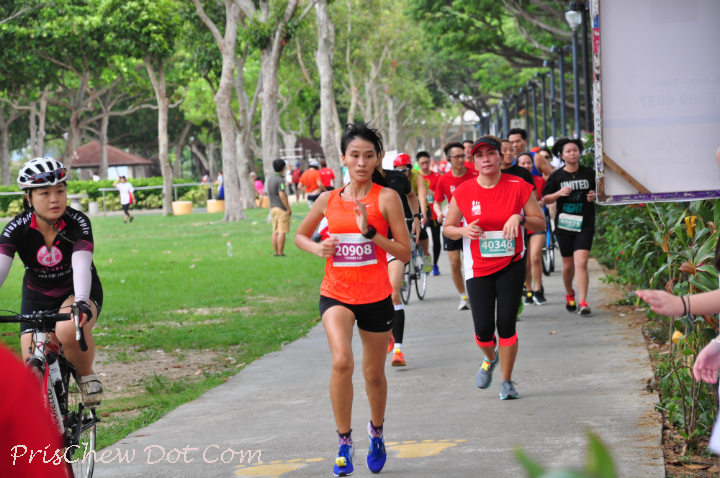
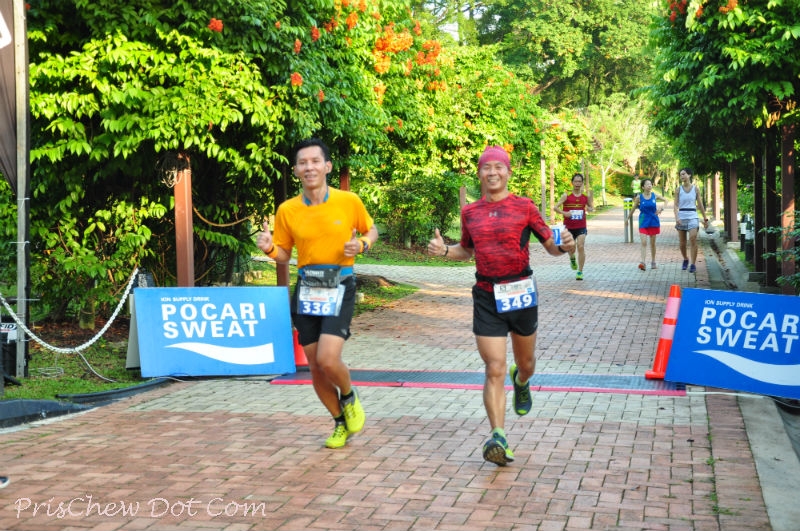
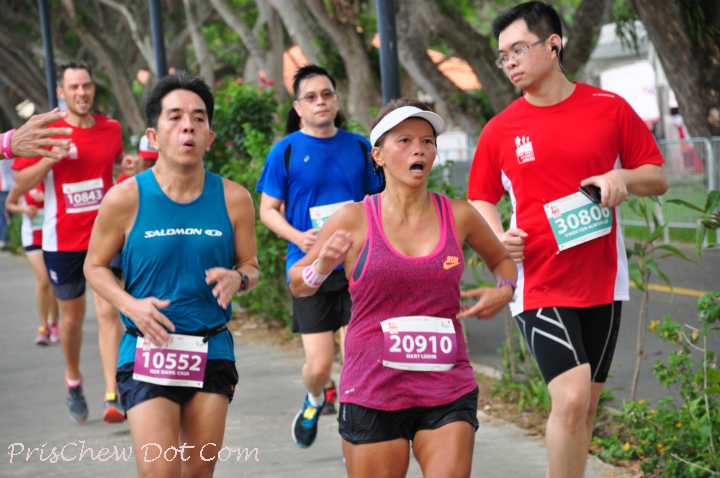
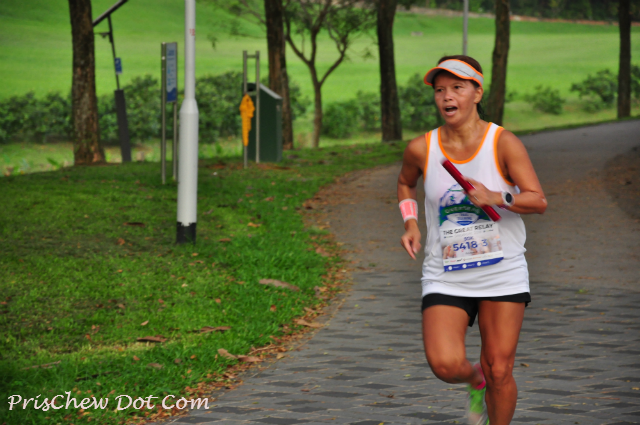
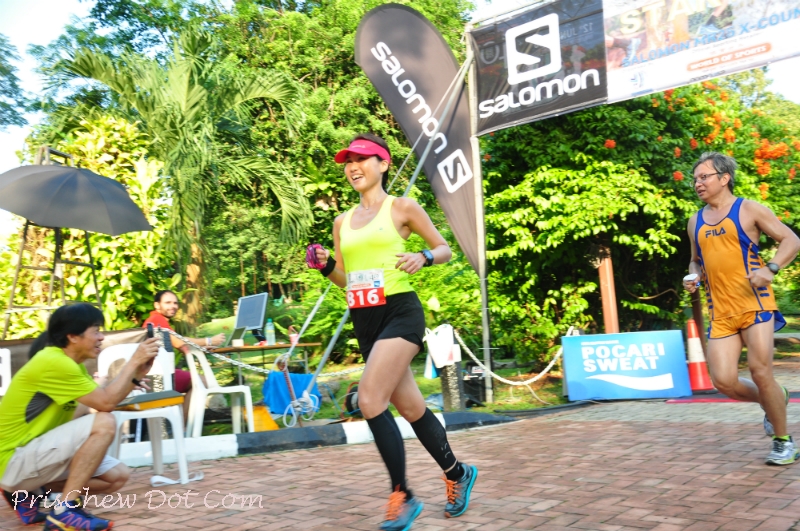
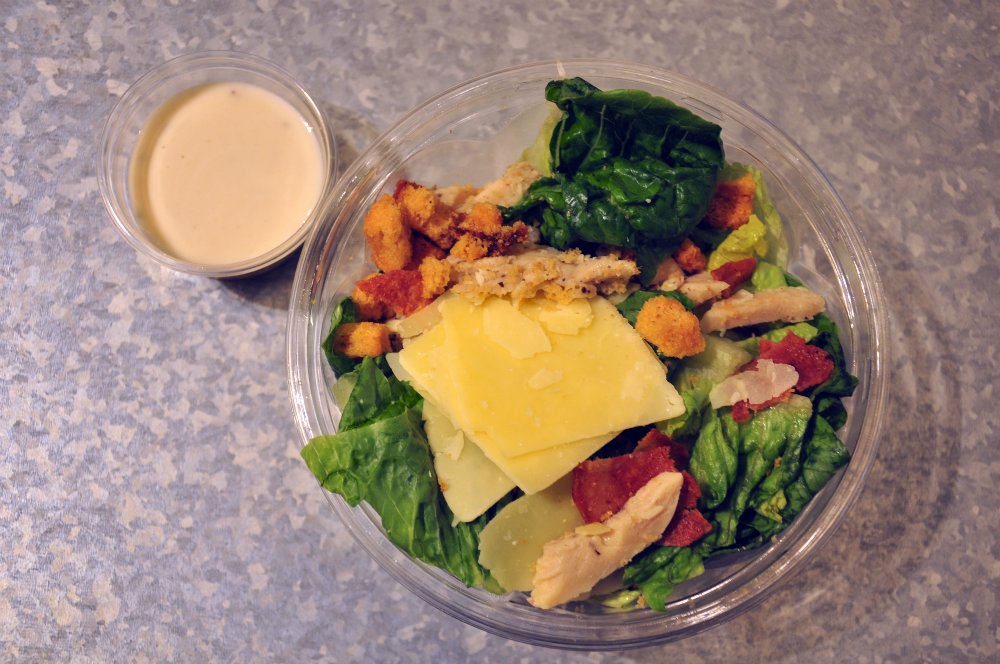
Leave a Comment